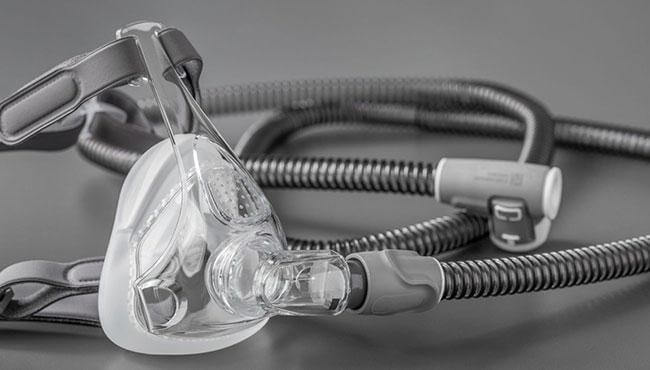You Should Know These General Knowledge About CPAP Parts Replacement
By Gavin | June 09, 2023
A good cpap will give you effective treatment if you suffer from sleep apnea. Compared to other medical device accessories, your respirator machine parts have a certain lifespan. Today, We provide information on how to better your cpap so that you can improve the effectiveness of your cpap treatment.
Why should you replace your cpap?
Replacing your cpap is about your health. With long-term cpap use, cpap masks and tubing can become dirty. And replacement can help you avoid respiratory disease, skin irritation, and other problems.

A bigger problem is the aging of accessories that affect the quality of sleep apnoea treatment. For example, as masks and tubing age, they are more likely to develop tiny cracks and holes that allow air to escape. This can prevent you from getting the prescribed level of air pressure, which can reduce the effectiveness of your treatment.
Although most caps have a certain lifespan, if you experience performance problems before replacing them, it is best to do so as soon as possible.
What accessories should be replaced on a cpap?
Most cpap machines have a 'life expectancy' of five to seven years, with a warranty provided by your service provider for the first three years after purchase. If your cpap breaks down, the first thing to do is to call the dealer you bought it from, and they will be happy to guide you through the problem and get your cpap up and running again.
If troubleshooting is impossible, then it is time to replace the machine. Most CPAP are replaced every 5 years, and here at We, we would like to remind you that you should never stop treatment, no matter what.
cpap masks should usually be replaced after three months. If not replaced in time, the mask is more likely to leak, preventing you from getting the pressurized air you need. The plastic may turn yellow or break. The comfort of the respirator mask is essential and should be replaced if you cannot get it to fit comfortably on your face. If adjusting the headband and comfort level does not solve your comfort problem, change to another style of mask for replacement therapy.
The biggest problem with a cpap is that prolonged use will form tiny holes. These often develop between the coils and are difficult to detect unless you look very closely. Damage to the line can cause air to leak out before it reaches your mouthpiece, preventing you from getting the prescribed air pressure needed to avoid sleep apnea.
Another problem with cpap tubing is the build-up of bacteria, mainly if a humidifier is used. The line should be cleaned and air-dried every day. Still, the build-up of impurities can create an ideal breeding ground for bacteria, increasing the risk of illness. If, after a thorough cleaning, the line still smells terrible and becomes opaque, it should be replaced.
cpap humidifiers make the air delivered by the cpap warmer, which reduces the risk of a sore throat or dry nose. As with other plastic materials, repeated use will cause the humidifier to wear out over time. Users should regularly check for cracks, as they can harbor bacteria and lead to water contamination.
The build-up of impurities can also cause discoloration and reduce the efficiency of the humidifier. Generally, respirator humidifiers are replaced at 6 months.